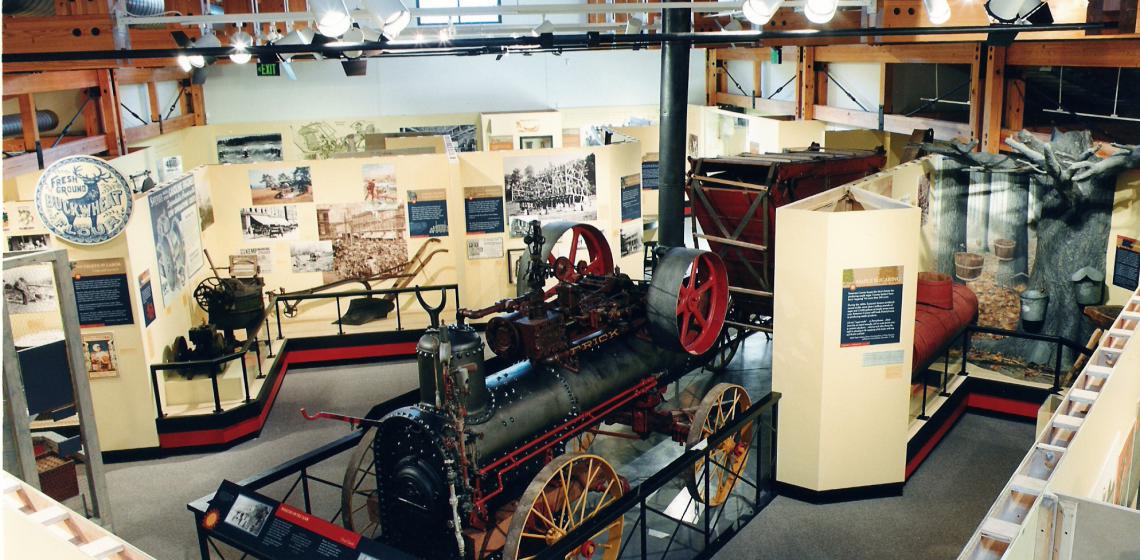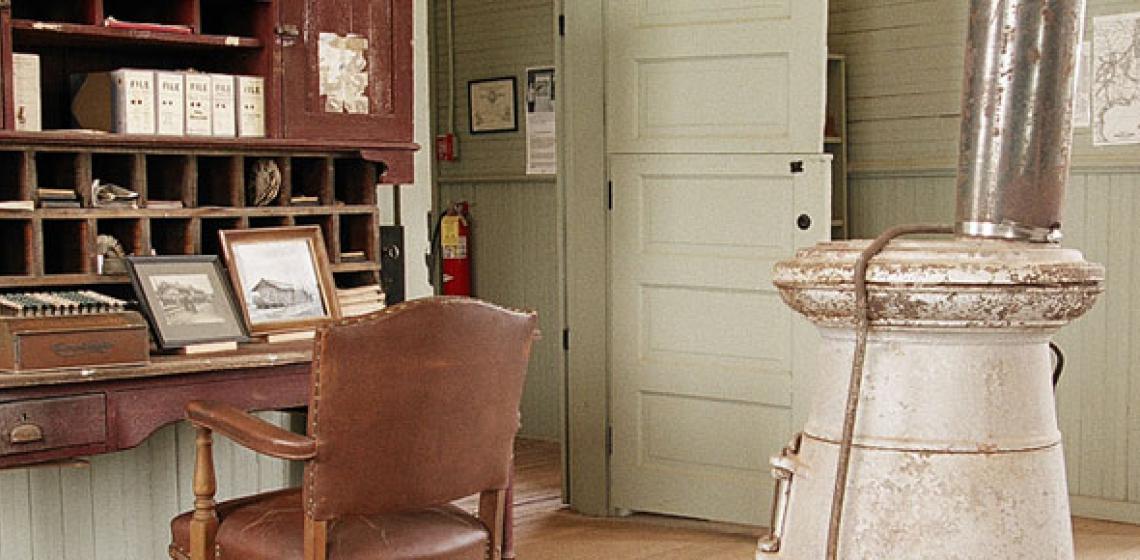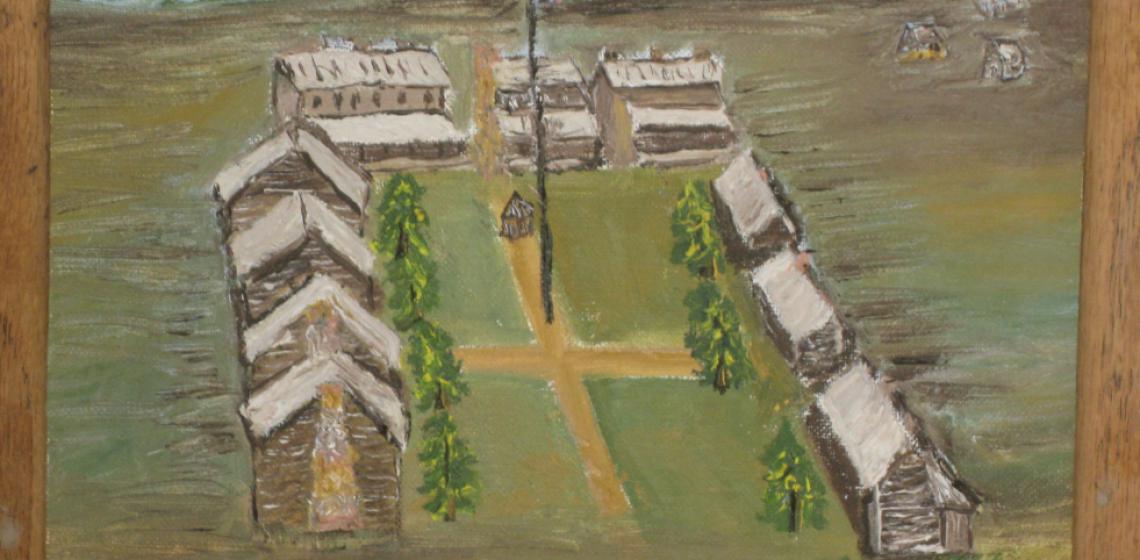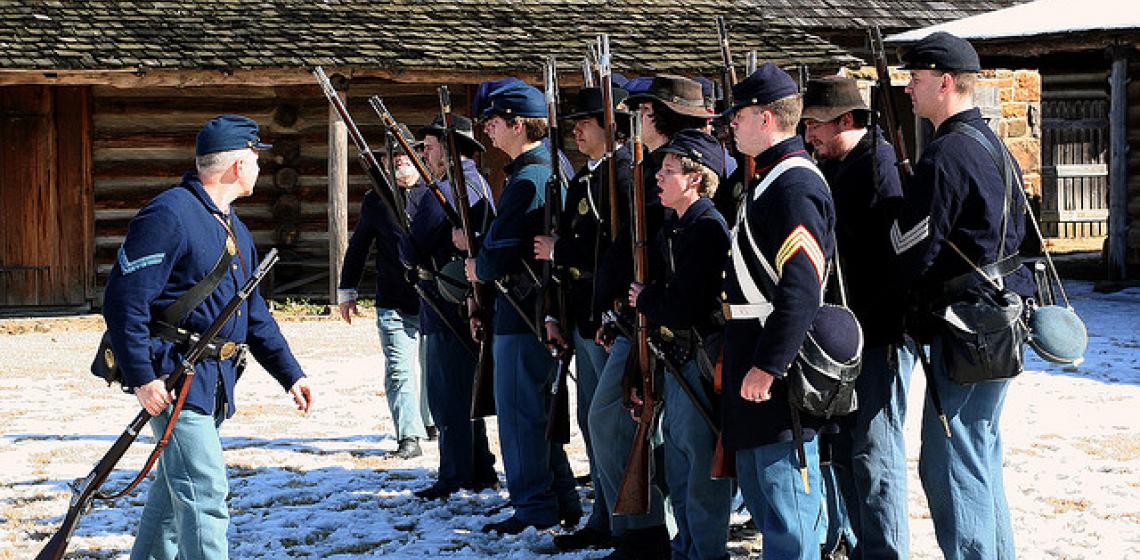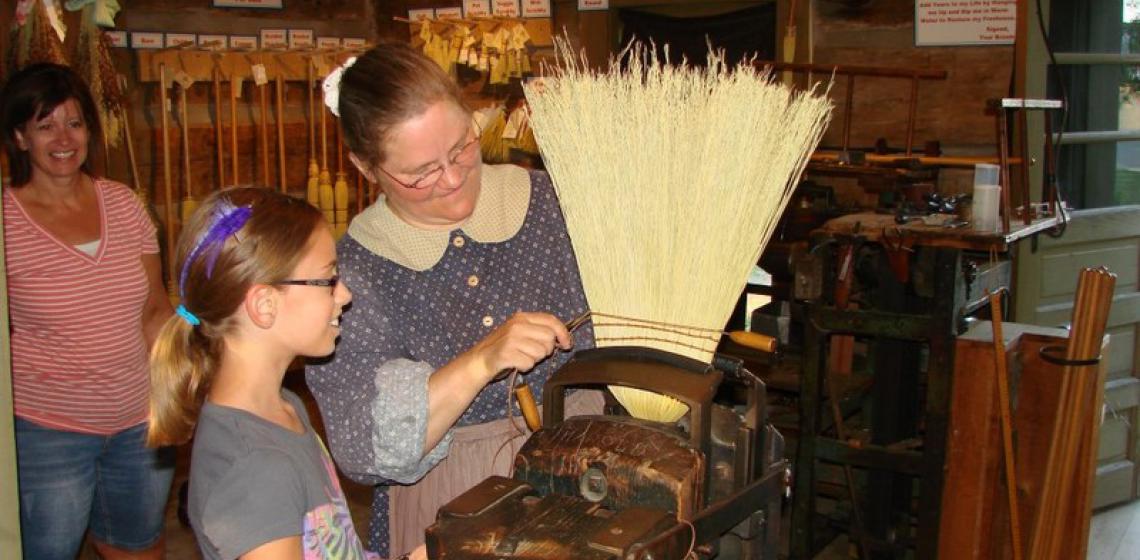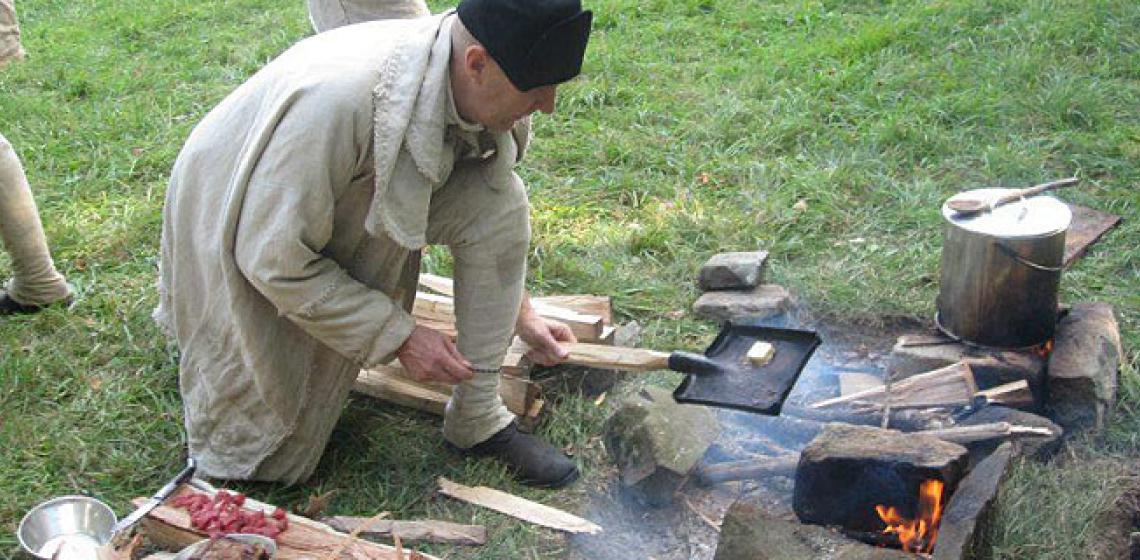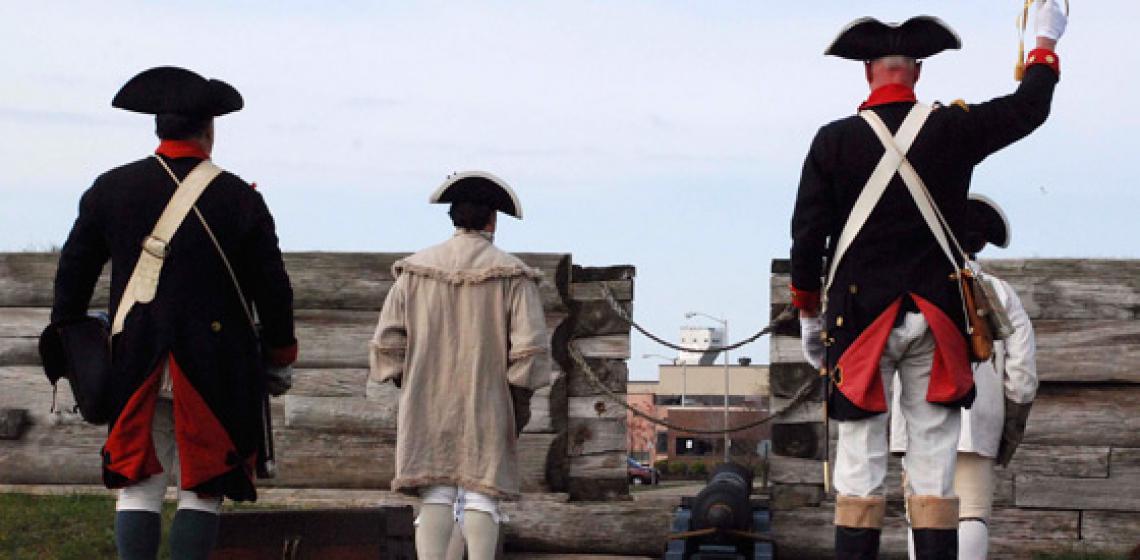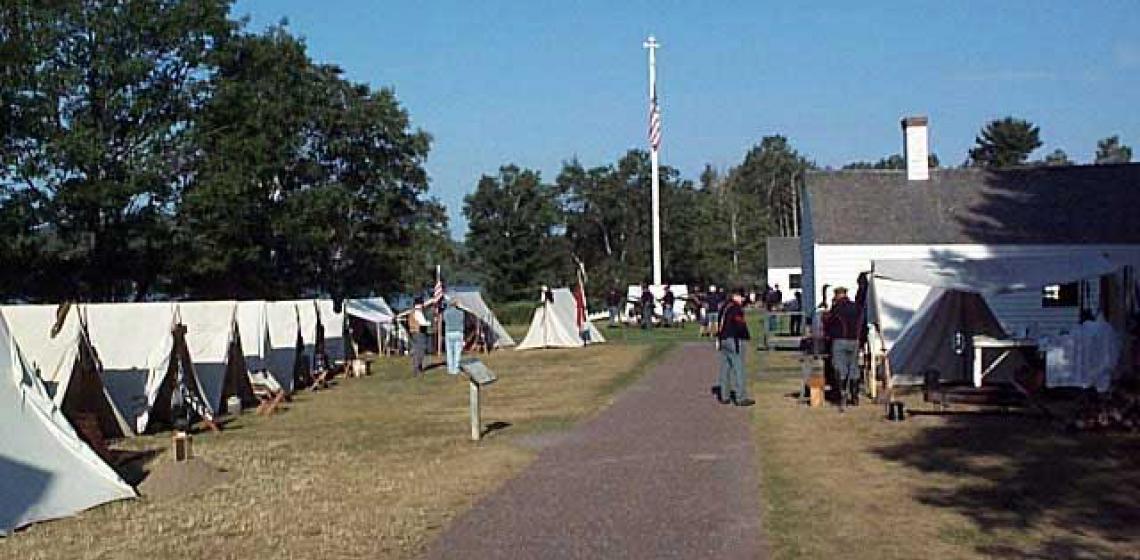At Sauder Village, create special memories with your family as you walk through time from 1803-1910. Visit historic homes and shops, smell foods cooking, try hands-on activities, and enjoy great shopping, while having fun in the past! As a destination of choice, Sauder Village offers guests experiences rich in history, hospitality, creativity, and fun.
Create special memories with your family as you walk through time from 1803-1910. Visit historic homes and shops, smell foods cooking, try hands-on activities, and enjoy great shopping, while having fun in the past! As a destination of choice, Sauder Village offers guests experiences rich in history, hospitality, creativity, and fun.



